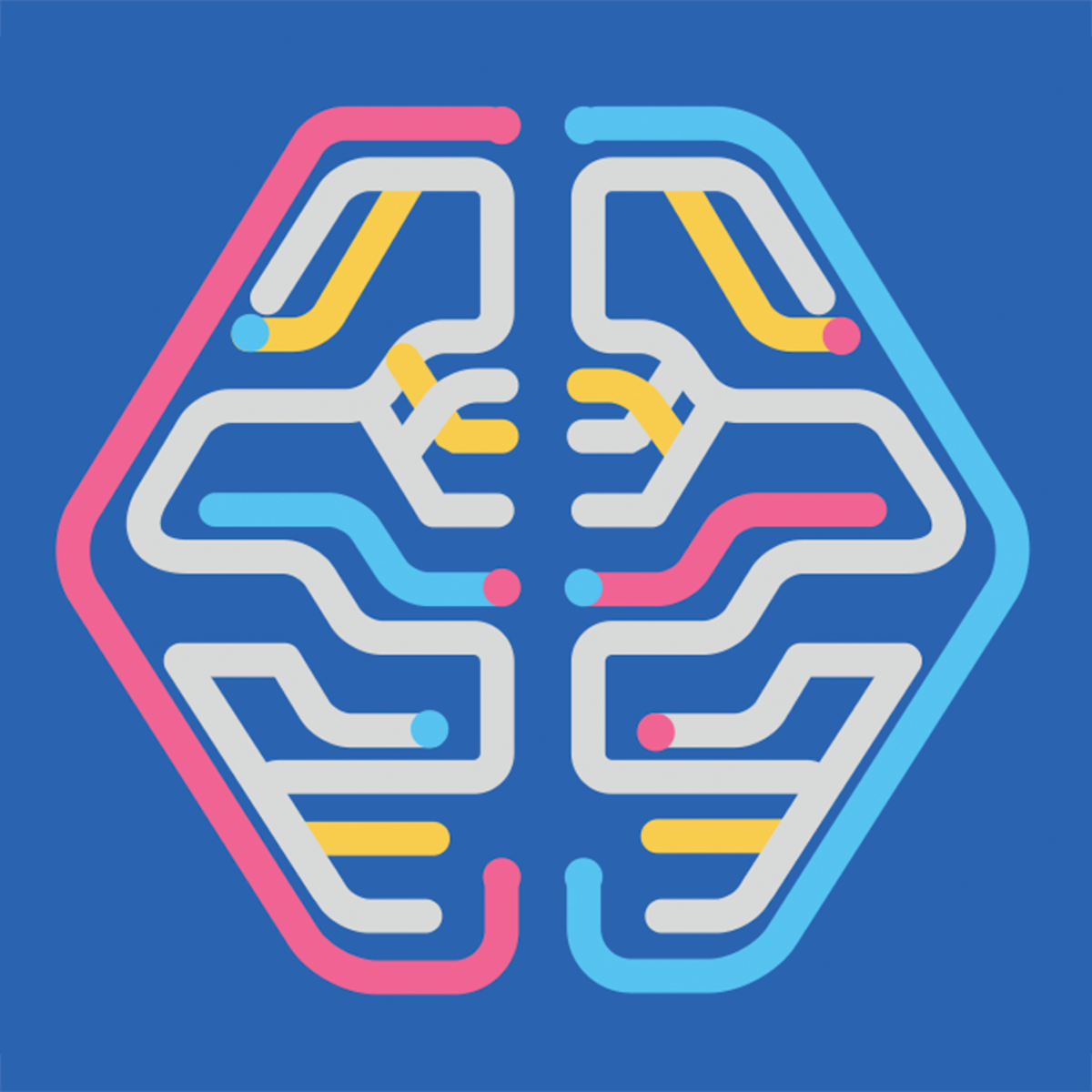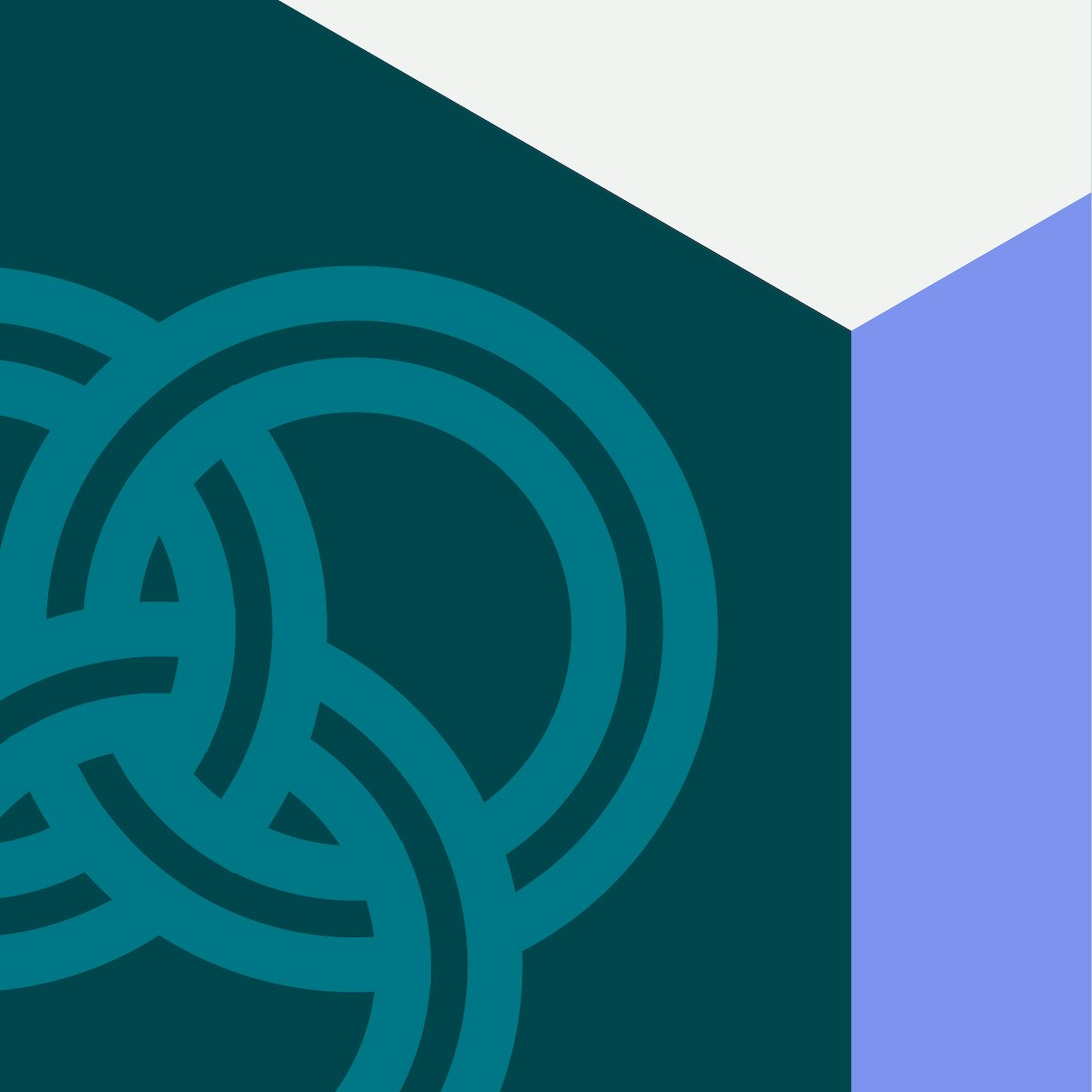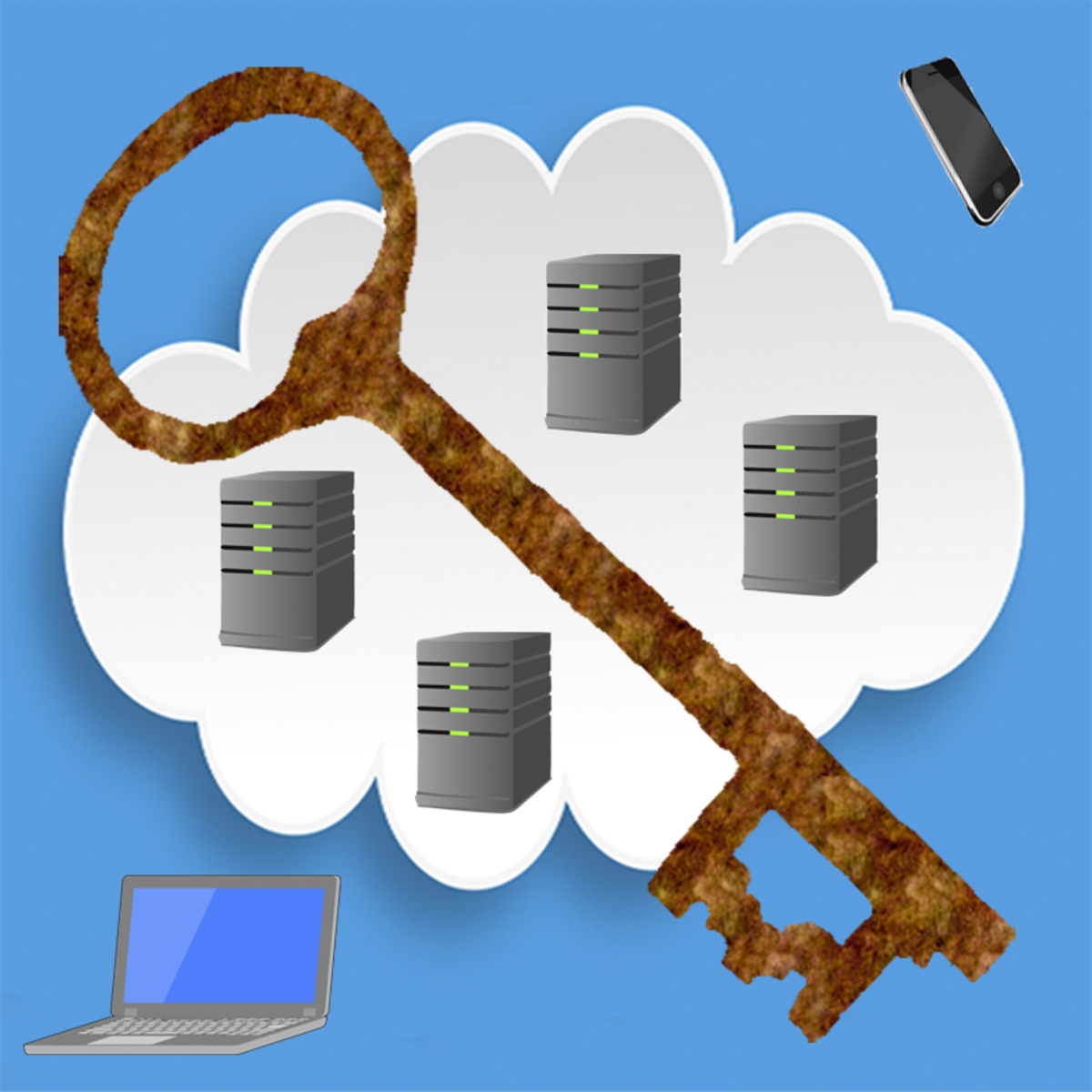Back to Courses









Cloud Computing Courses - Page 27
Showing results 261-270 of 930

Oracle Cloud Infrastructure Architect Professional
Welcome to the course Oracle Cloud Infrastructure Architect Professional. This course prepares you for the highest level of OCI certification, Oracle Cloud Infrastructure Architect Professional. Take a deep dive into designing and deploying Oracle Cloud Infrastructure solutions and learn Cloud-Native, microservices and serverless architectures.

Machine Learning in the Enterprise
This course encompasses a real-world practical approach to the ML Workflow: a case study approach that presents an ML team faced with several ML business requirements and use cases. This team must understand the tools required for data management and governance and consider the best approach for data preprocessing: from providing an overview of Dataflow and Dataprep to using BigQuery for preprocessing tasks.
The team is presented with three options to build machine learning models for two specific use cases. This course explains why the team would use AutoML, BigQuery ML, or custom training to achieve their objectives. A deeper dive into custom training is presented in this course. We describe custom training requirements from training code structure, storage, and loading large datasets to exporting a trained model.
You will build a custom training machine learning model, which allows you to build a container image with little knowledge of Docker.
The case study team examines hyperparameter tuning using Vertex Vizier and how it can be used to improve model performance. To understand more about model improvement, we dive into a bit of theory: we discuss regularization, dealing with sparsity, and many other essential concepts and principles. We end with an overview of prediction and model monitoring and how Vertex AI can be used to manage ML models.

Build a Firebase Android Application (Part II)
This 1.5 hours project-bases course is a continuation of the class Build a Firebase Android Application (Part I). In this class, you will learn about Google Firebase user authentication and how to use security rules to enforce data integrity and control user access.
This class requires basic to intermediate to advance experience in Android application development in Java, and basic Firebase development as prerequisites.
A free Google and a free Appetize.io accounts are also required to participate in this class.

Configuring Networks via gcloud
This is a self-paced lab that takes place in the Google Cloud console. In this lab you use the gcloud command line to create VPC networks, subnets, and VM instances, then test connectivity.

Provisioning Infrastructure by Composing Blueprints
This is a self-paced lab that takes place in the Google Cloud console. Learn how to use Config Controller, kpt and blueprints to create and manage cloud environments with best practices and policy guard-rails built in

Clean Up Unused IP Addresses
In this lab you will schedule a Cloud Function to identify and clean up unused IP addresses.

DevOps on AWS: Release and Deploy
AWS provides a set of flexible services designed to enable companies to more rapidly and reliably build and deliver products using AWS and DevOps practices. These services simplify provisioning and managing infrastructure, deploying application code, automating software release processes, and monitoring your application and infrastructure performance.
The third course in the series explains how to improve the deployment process with DevOps methodology, and also some tools that might make deployments easier, such as Infrastructure as Code, or IaC, and AWS CodeDeploy.
The course begins with reviewing topics covered in the first course of the DevOps on AWS series. You will learn about the differences between continuous integration, continuous delivery, and continuous deployment. In Exercises 1 and 2, you will set up AWS CodeDeploy and make revisions that will then be deployed. If you use AWS Lambda, you will explore ways to address additional considerations when you deploy updates to your Lambda functions.
Next, you will explore how infrastructure as code (IaC) helps organizations achieve automation, and which AWS solutions provide a DevOps-focused way of creating and maintaining infrastructure. In Exercise 3, you will be provided with an AWS CloudFormation template that will set up backend services, such as AWS CodePipeline, AWS CodeCommit, AWS CodeDeploy, and AWS CodeBuild. You will then upload new revisions to the pipeline.

Cloud Application Security
After completing the course, the student should be able to do the following:
● List and describe the OWASP Top 10 vulnerabilities.
● Identify methods to provide cloud security assurance as part of the development life cycle, e.g. in a continuous delivery environment.
● List and describe the different types of virtualization or sandboxing used to protect cloud applications at either the server or client.
● Describe the application of authentication factors and federated identity solutions in cloud client and server authentication.
● Given a cloud application, explain where and how the necessary crypto keys, passwords, and other security secrets should be stored and distributed.

Setting Up Cost Control with Quota
In this lab you will query a large dataset, update the BigQuery API quota, and then optimize your query to run within quota.

Introduction to AWS Identity and Access Management
Security should be your first priority when developing cloud native applications.
The goal of this course is to provide you with foundational knowledge and skills that will enable you to grow in your use of both AWS IAM and the rest of the AWS ecosystem. Throughout the course, the focus will be on the base-level knowledge needed for understanding the functionality of IAM, and simple ways to implement its usage.
We start by introducing you to some background concepts needed to understand how and why identity and access management are necessary, and then go on to show you the first level of AWS IAM components. Through the rest of the course, you will see deeper dives into those and other concepts. The class closes by providing best practices and troubleshooting tips and tools.
While progressing through the course, make sure you are taking advantage of the activities, assessments, and provided notes. They will be great for reinforcing the concepts covered during that week, as well as providing great locations to bookmark for faster reference as you continue growing and learning after the course.
We expect that you have basic knowledge of AWS already. Some examples of concepts you should be familiar with are: you should know the basics of the AWS Global infrastructure, like what regions and availability zones are. You should also understand what an Amazon EC2 instance is, what Amazon S3 is, what a VPC is, as well as other basic AWS terminology.
Popular Internships and Jobs by Categories
Find Jobs & Internships
Browse
© 2024 BoostGrad | All rights reserved
